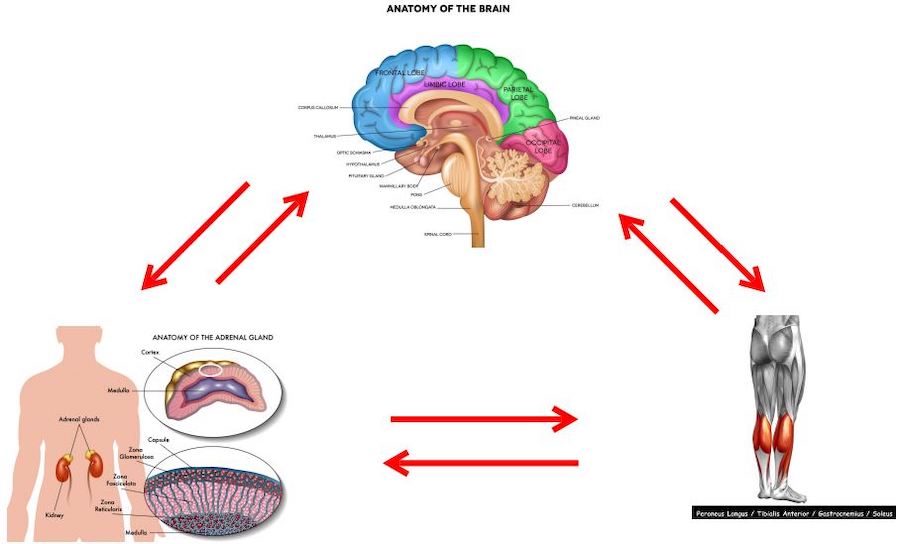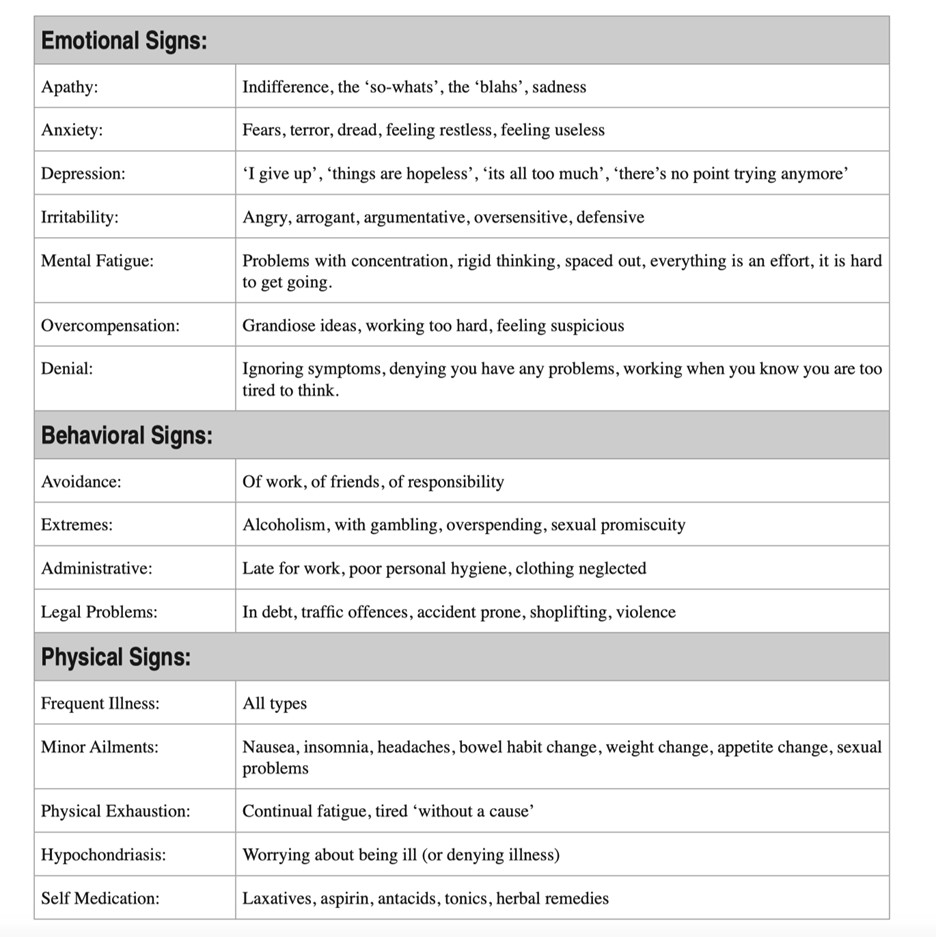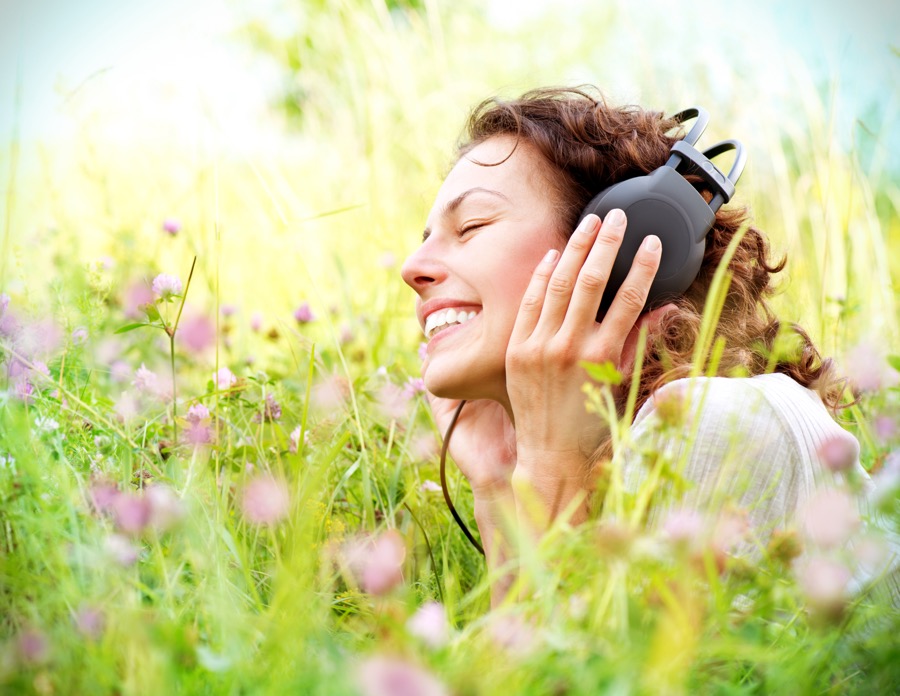Can you think back to your childhood and remember a time when you met someone who really inspired you?
Someone who honoured your individuality and took that extra time to help you learn more about something you were curious about?
I remember my grade two teacher helping us to learn in fun and intriguing ways.
She would even sing to the class sometimes. One of her favourites went something like this:
“The foot bone’s connected to the leg bone. The leg bone’s connected to the knee bone. The knee bone’s connected to the thigh bone.”
Even at that early age, I was making the mental connections required to understand that all the different parts of the body are interconnected!
It left me wondering, “How the heck does everything else connect in there?”
I remember going to Mrs. Kenny and asking if she had more songs to sing about the rest of the body that would explain how it’s all connected.
To my disappointment, she said she didn’t have any other songs to share, but told me I could go to the library to see what I could find there to help me answer my questions.
Years later, I find myself just as curious as I was in that grade two classroom, and I still enjoy learning about the body in as many ways as I can.
So, if you’re even half as curious as I am about how the body works, or you’re interested to learn about how to reduce your stress levels, then you’re going to want to keep reading.
Because in this article, I’m going to share some simple techniques you can use to help reduce stress and support adrenal gland function by understanding and utilizing the connection between the brain, the adrenal glands, and the leg muscles.
How the Adrenal Glands and Stress Relate to the Fight, Flight, or Freeze Response
As I said above, I’ve always loved learning about how the body works and why it works the way it does.
Over the years, some of the most amazing connections I’ve learned about involve the relationships between our muscles, organs, and glands.
That being said, let’s take a closer look at the adrenal glands and how they connect to the muscles in your lower leg.
Now, if we look at the body from the perspective of a specialized kinesiologist, we can quickly see the connections through the simple explanation of a muscle biofeedback system.
More specifically, the interconnectedness I’m referring to is between the muscles, the nervous system, and the relevant organ(s).
So, first, the muscle sends a signal to the brain, then, the brain sends signals out to the organ or gland associated with that muscle, and this is all interconnected via the neuroendocrine system.
In the diagram below, you will see a depiction of the neurological connection between the adrenals, the brain, and the calf muscles.

The adrenals are associated with the fight, flight, or freeze response, and one of the muscles most closely related to that response is the soleus muscle, which is a muscle in your lower leg that’s part of the calf muscle group.
Interestingly enough, this is also the muscle that is most affected by emotional strain and trauma.
It makes sense that this calf muscle would be involved if you’re in a fight, flight, or freeze situation, as you would have to get ready to run away, fight for your life, or be so scared you’d freeze.
In this way, that muscle biofeedback system I mentioned above would be preparing you to get ready by sending a signal to your lower legs.
“There are two stress responses in the body: alarm and vigilance. The short-term alert or alarm response prepares the body for the physical actions of fighting or fleeing. The long-term vigilance response prepares the body for endurance or long-term survival,” said Dr. Bruce Dewe and Joan Dewe in Stress Release Made Easy.
“Both reactions are stimulated in the adrenal glands. The inner adrenal gland produces adrenaline, the hormone that arouses the body in the alarm reaction. The shell of the adrenal gland produces cortisol, the hormone that stimulates the vigilance reaction.
“Both responses are body adaptations to meet unusual demands for extra strength or endurance. Both are very destructive if frequently active in response to daily stress. Both adversely affect the heart and blood vessels. Heart and circulatory diseases kill more people in the industrialized world than all the other causes of death put together.
“Stress may, in fact, be the greatest single factor contributing to illness in the western world. Controlling distress may, therefore, be the most important thing we can do to prevent not only heart disease but all illness.”
Warning Signs That You Might Be Under Stress
As you’ll see below, the book I referenced above also contains a nifty little chart that lists various emotional, behavioural, and physical signs of stress.
This is a great resource for understanding these signs, so you can recognize them when they occur, and hopefully, work to reduce the stress that’s causing these issues.
If you want to have a better understanding of your body’s stress response, you should try going through the chart to see if you can identify any of these signs in yourself.
Then, once you’ve done that, make sure to keep reading because I’m going to offer several strategies for supporting your adrenal glands and reducing your stress levels, including some massage points, and my number one pick for nourishing the adrenal glands.

How to Support Your Adrenals When You Notice Signs of Stress
If you’re under stress or feeling anxiety, luckily there are many different ways to support your adrenal glands, and help you to cope.
Below, I’ve listed some of my favourite methods for doing this, so you can work toward reducing your stress levels.
Listen to Classical Music

The soothing sounds of classical music offer a highly effective method for inducing relaxation and lowering stress levels.
Research shows that listening to this kind of music can help to mitigate both stress and anxiety.
One study looked at the effect music has on people’s anxiety before going in for surgery.
It found that after listening to music or natural sounds, patients had lower blood pressure, heart rate, and cortisol levels, which are all linked to stress and feelings of anxiety.
Moreover, the study exposed patients to several different kinds of music, and the genre that was most effective was classical.
Take Some Vitamin C
Vitamin C-rich foods are also great for supporting the adrenals and helping to reduce stress.
That being said, the best sources of vitamin C are citrus fruits, including:
- Oranges
- Tangerines
- Clementines
- Lemon
- Grapefruit
- Lime
- Pomello
Do Some Diaphragmatic Breathing
It might sound silly, but one of the best ways to relax and reduce stress is to do some deep diaphragmatic breathing.
To do this, while you inhale, allow your diaphragm to lower and your abdomen and ribs to expand, and make sure to keep your chest and abdomen relaxed as you exhale.
Laughter

Believe it or not, laughter is another simple yet incredibly effective way of reducing stress through the joy it can induce.
This is because laughter causes the release of hormones that can help to activate healing processes within the body.
A review of research on the therapeutic benefits of laughter explains that laughter not only “increases the level of health-promoting hormones such as endorphins” but also “reduces the level of stress hormones”, as well.
Exercise
Exercise is another amazing stress reducer, as it helps to oxygenate the body and also works to reduce cortisol levels.
You don’t have to engage in vigorous exercise either. Just going for a walk can help, and it’s a great way to activate the soleus muscles.
Massage the Neurolymphatics for the Soleus Muscles
Another great way to support the adrenal glands when you’re dealing with signs of stress is to massage the neurolymphatics that correspond to the soleus muscles.
They’re located about 2.5 thumb widths above and one thumb width beside the navel.

In today’s world, it’s clear to see that we are always on the run, as our day-to-day tasks and responsibilities keep us moving, and this keeps our adrenal system on alert at all times.
That being said, taking the time to learn about the interconnected components of your body could be a key ingredient in lowering your adrenal stress response.
At any rate, looking back on that time in my life as a little kid in the second grade, I feel blessed and grateful for Mrs. Kenny, who helped to foster the childlike curiosity I still have for learning how our bodies are interconnected!
After 27 years of studying and learning techniques to optimize this mind-body connection, I have come to truly appreciate how interconnected the body really is, and I hope this article has provided some insight into that fact, and helped to spark some curiosity in you, as well.
If you’d like to learn more about the top three things you can do right now to reduce your stress, I’d be happy to send you some more information! Click here to find out more.
